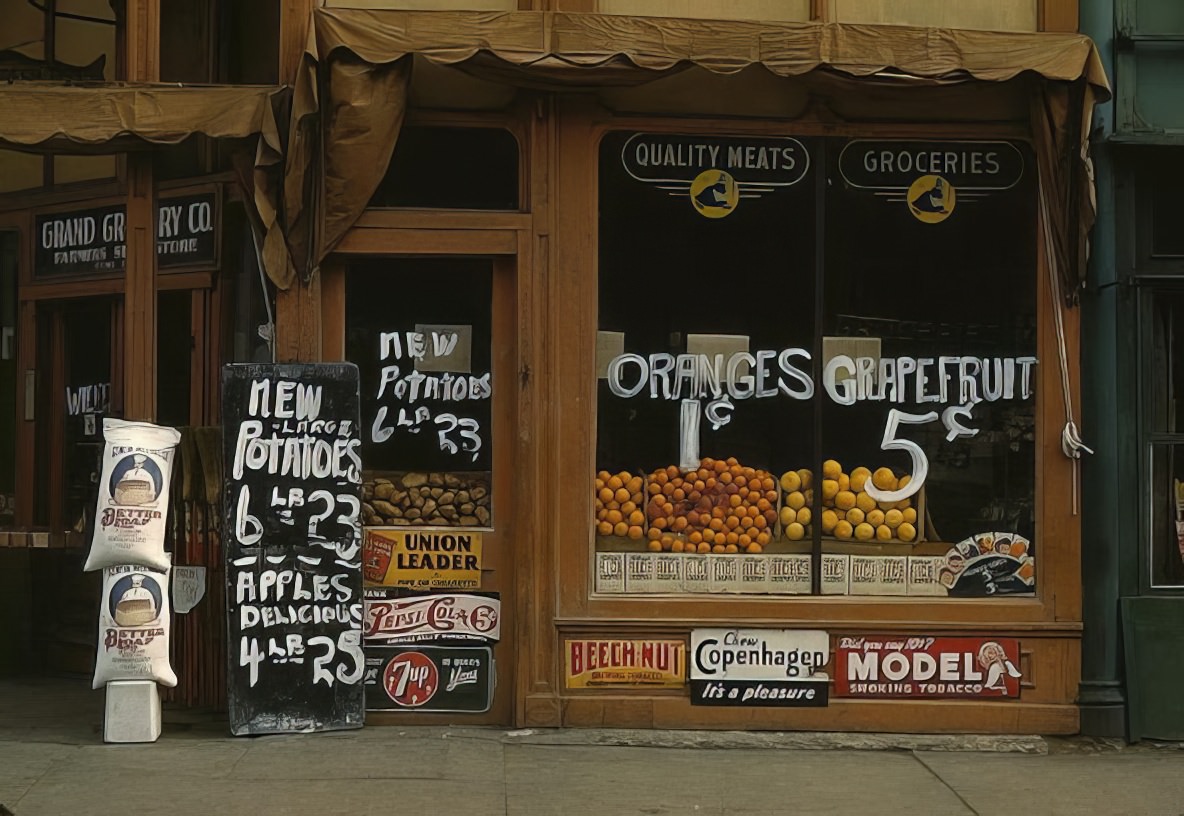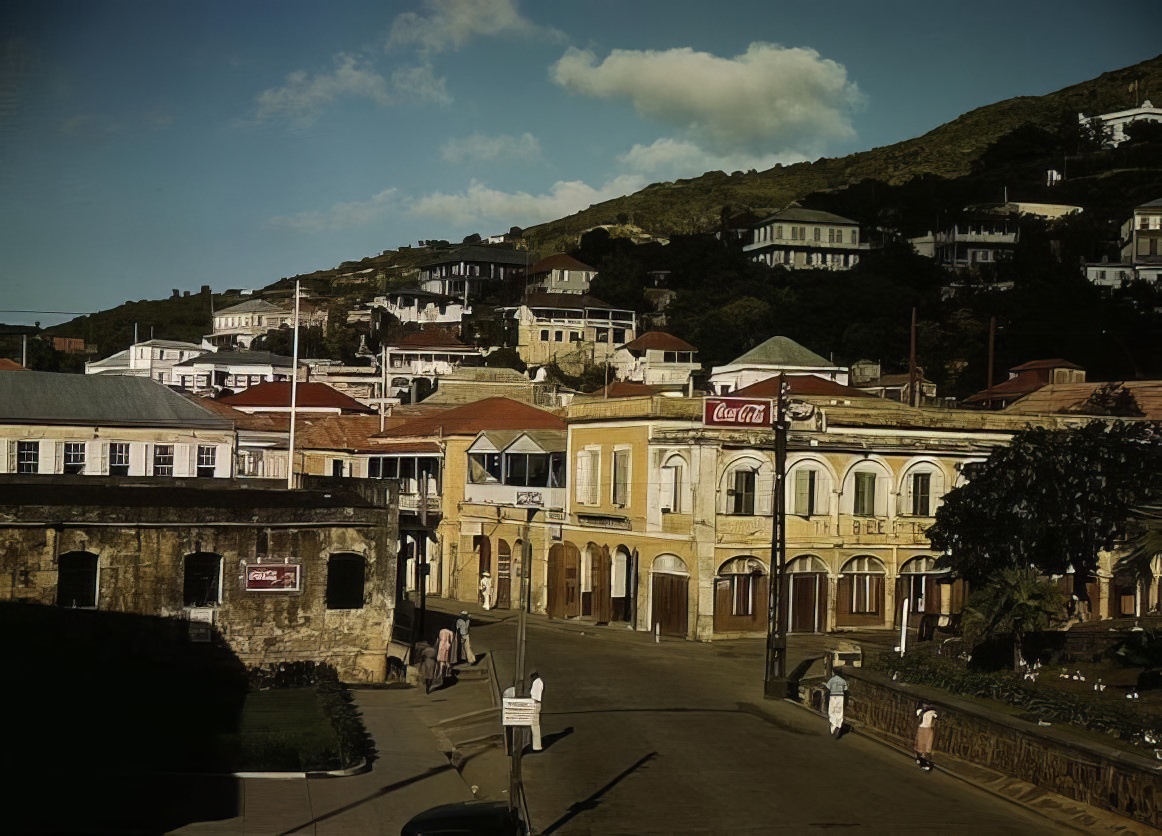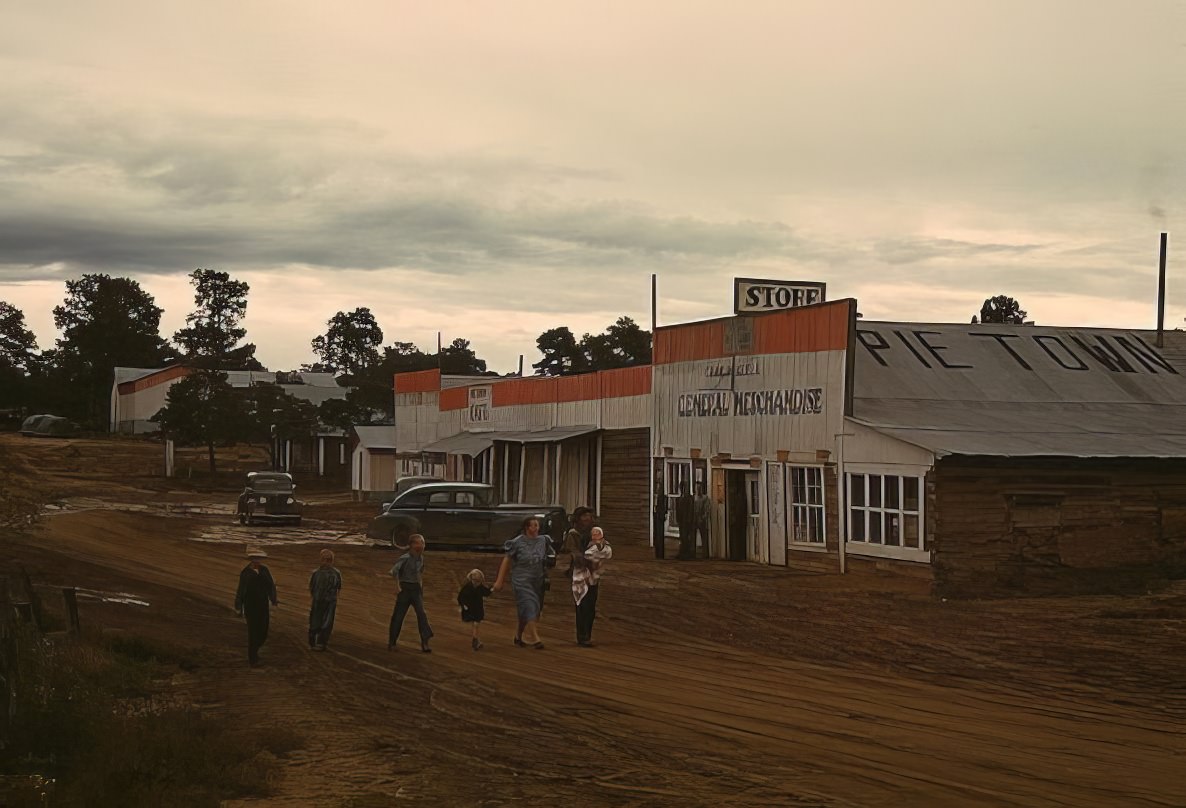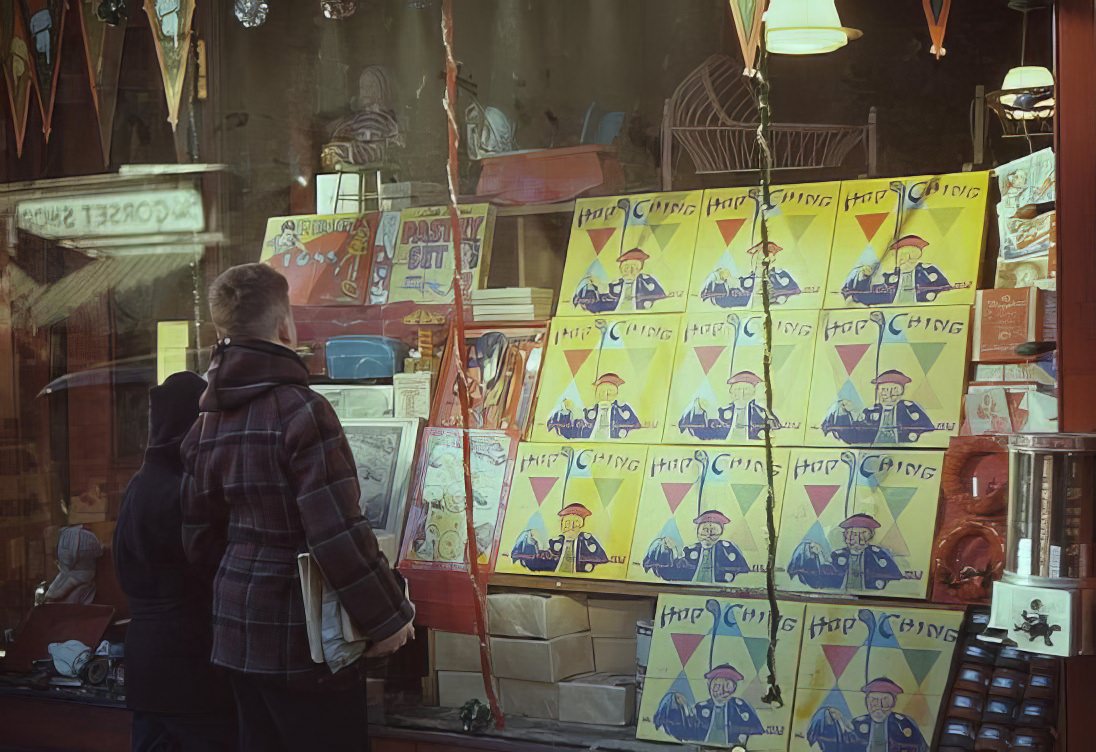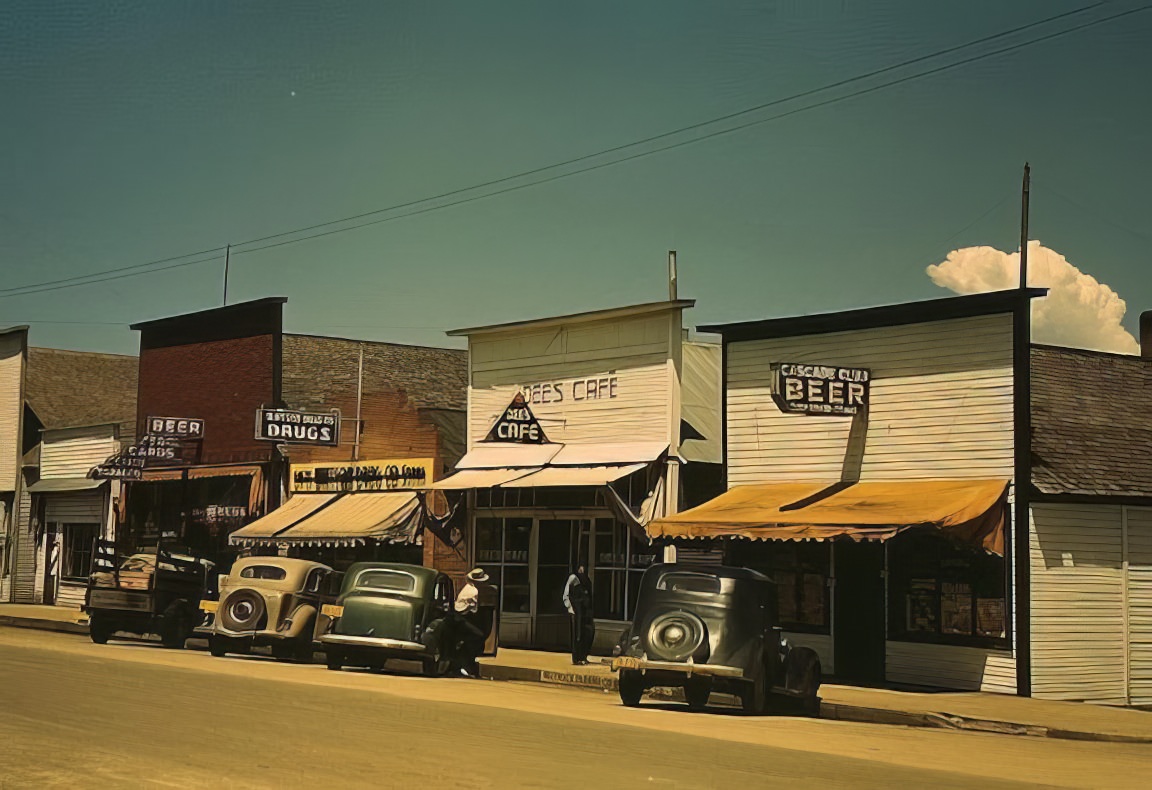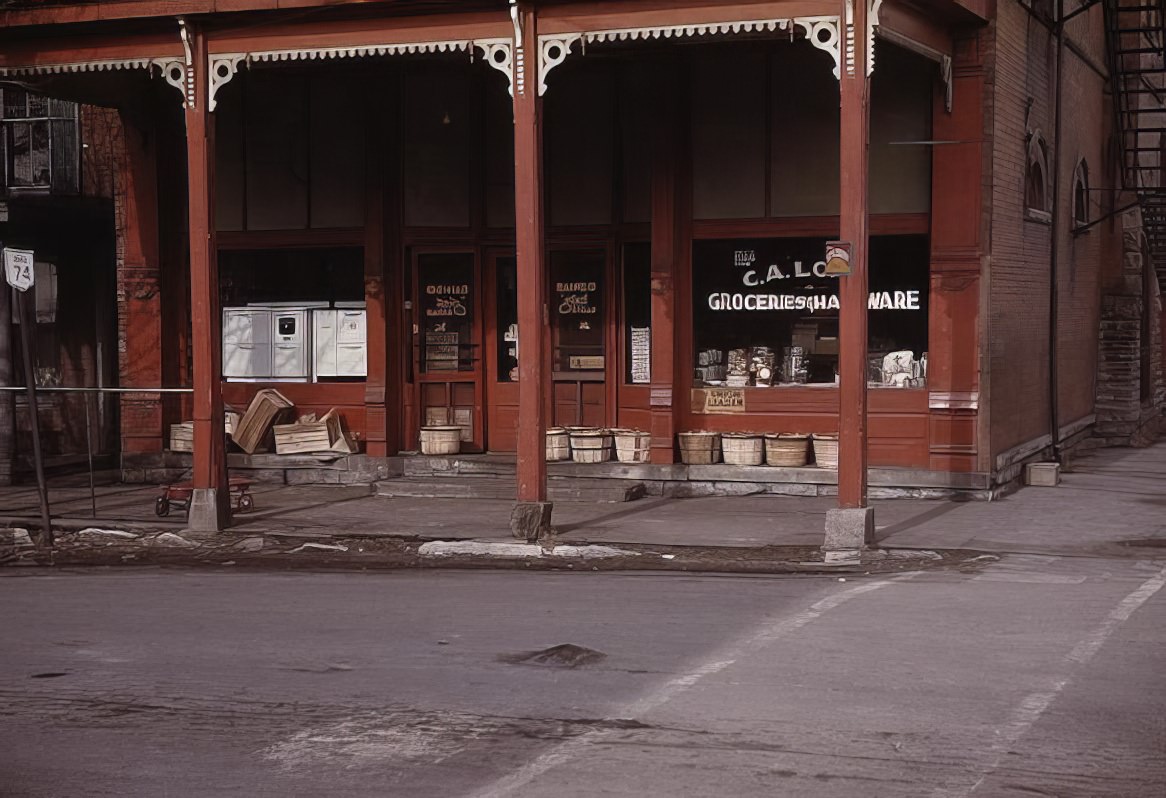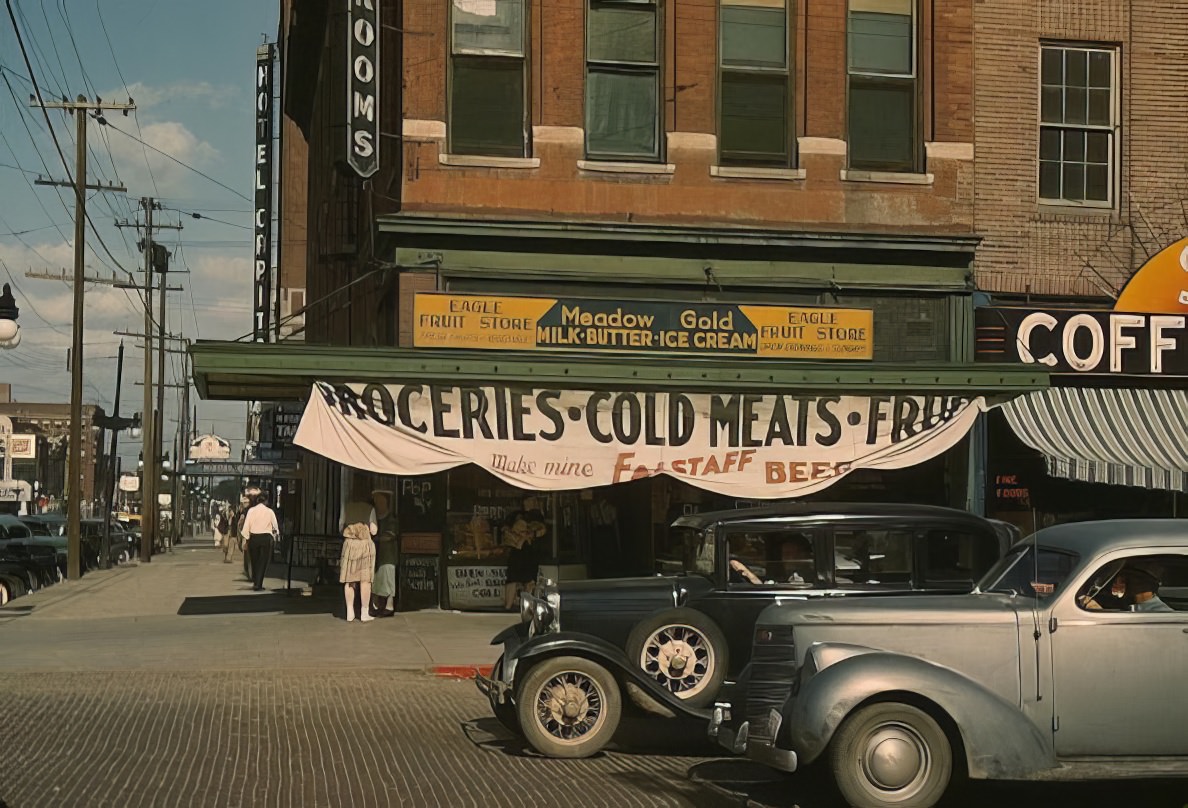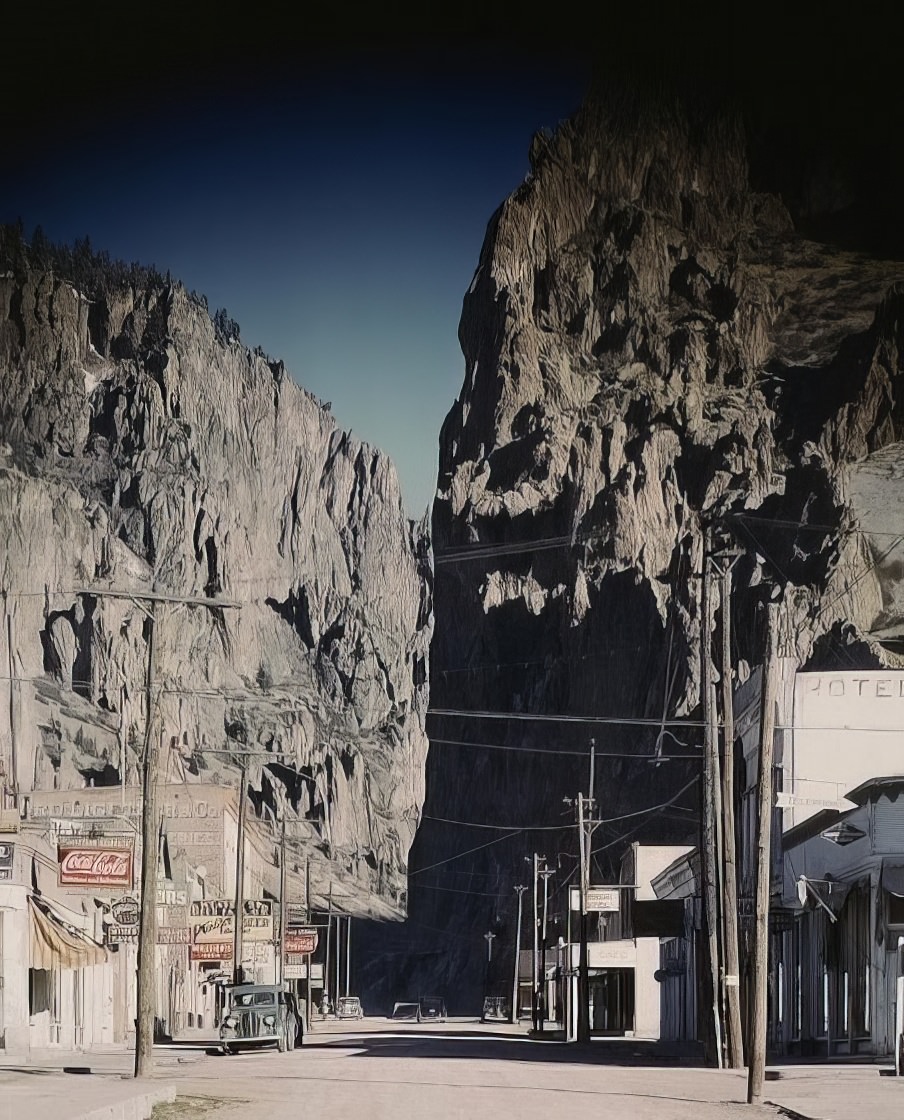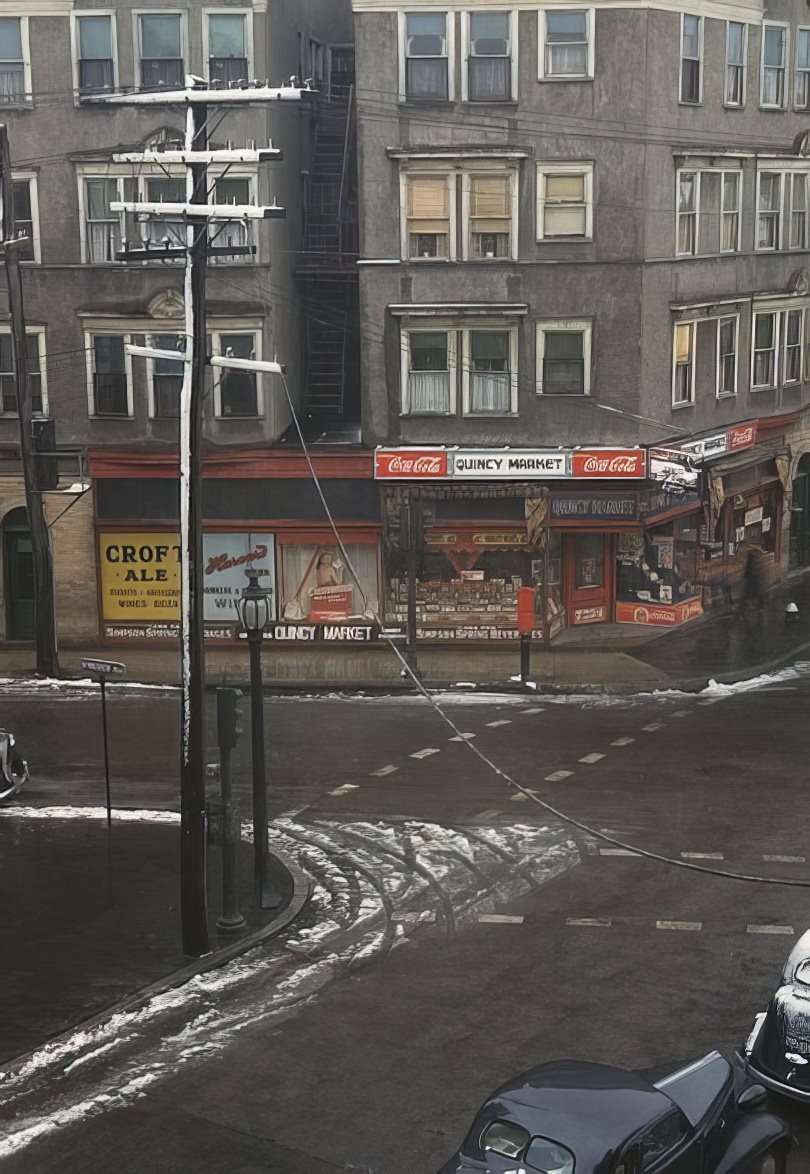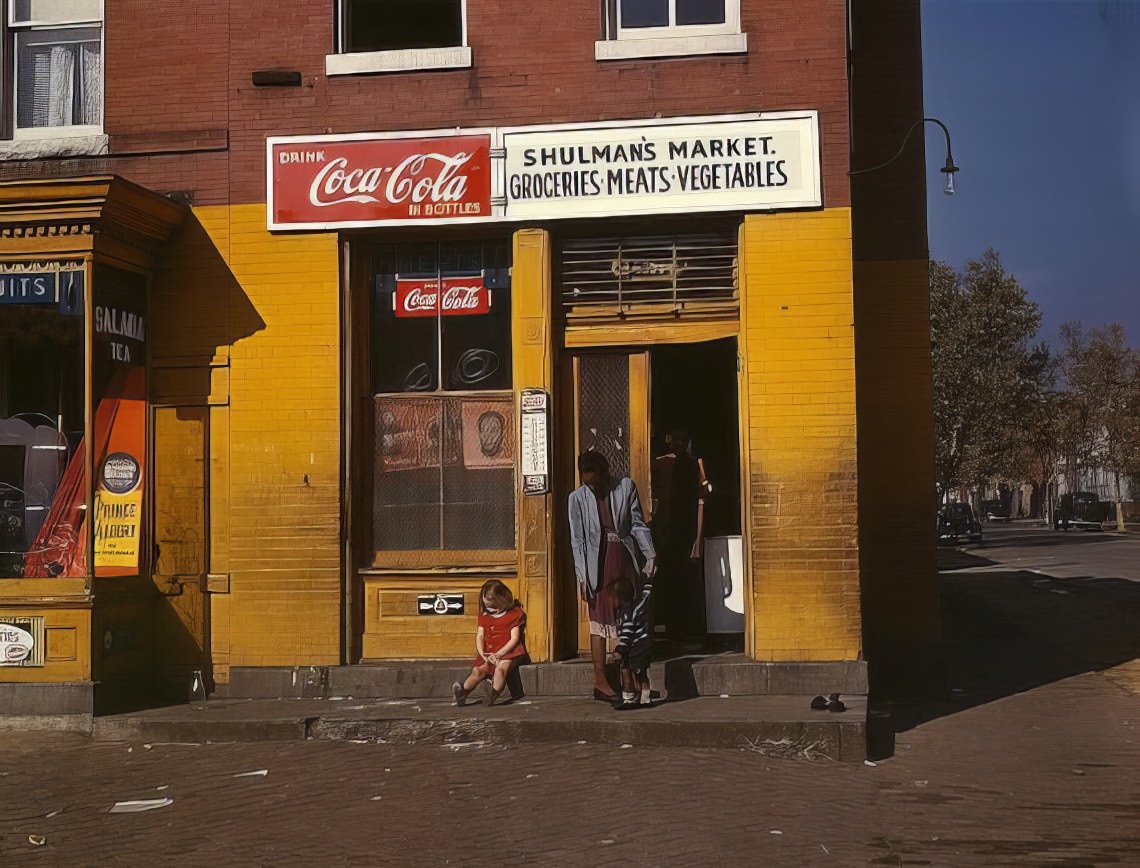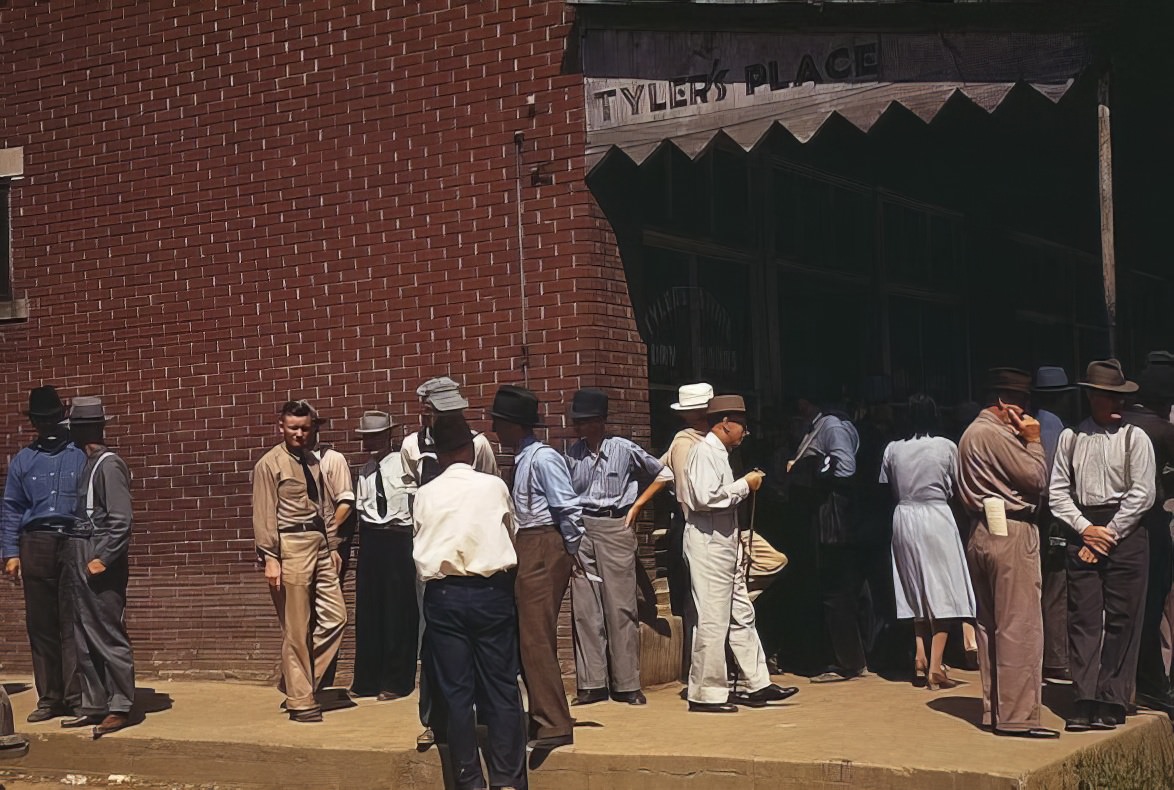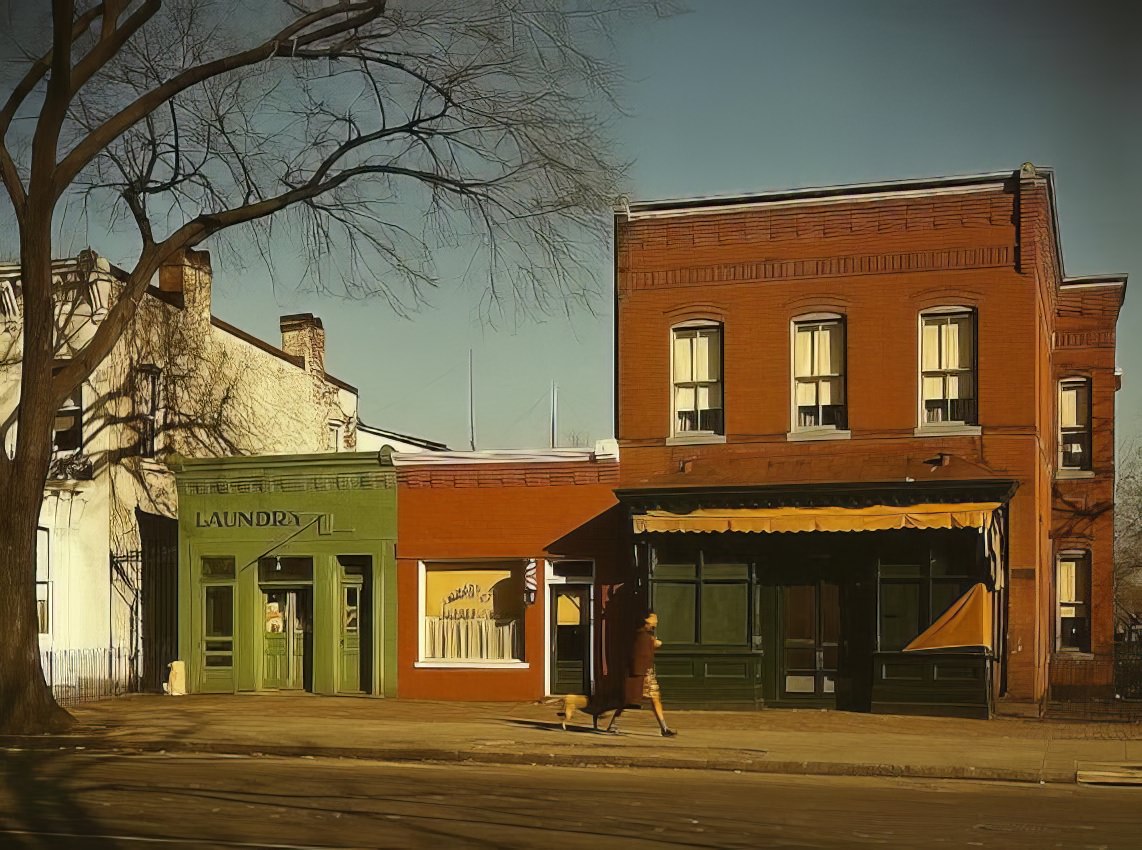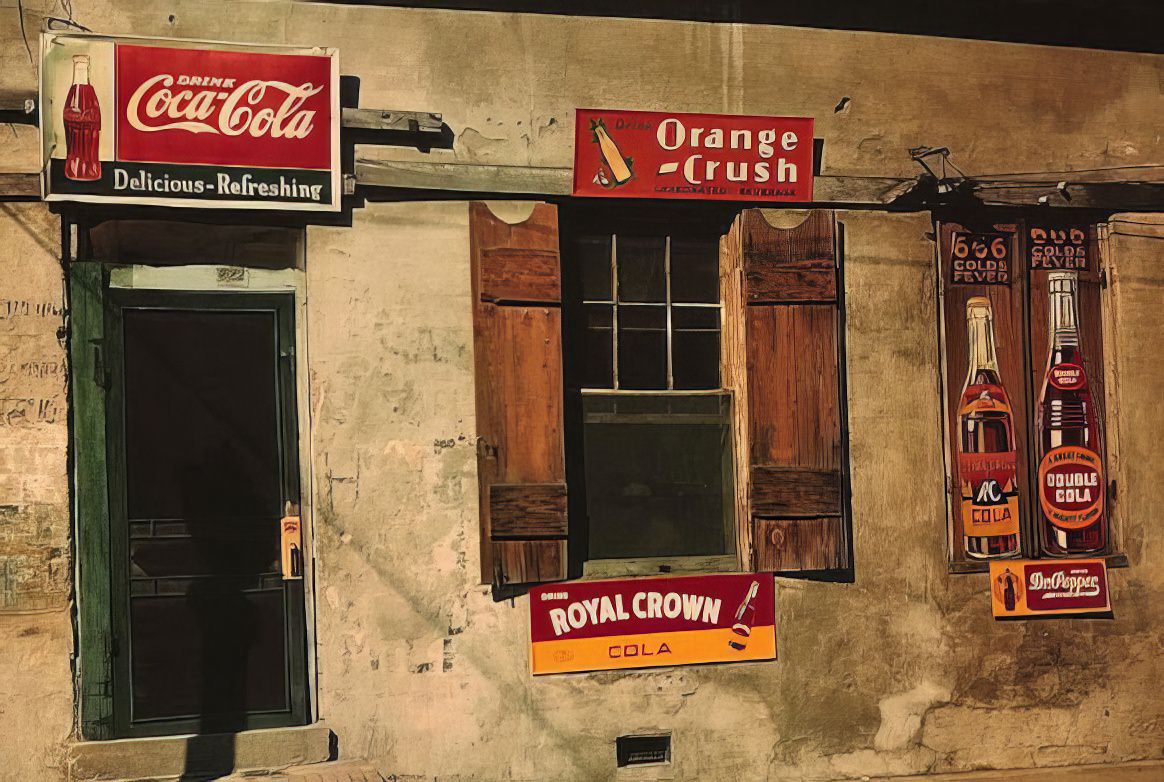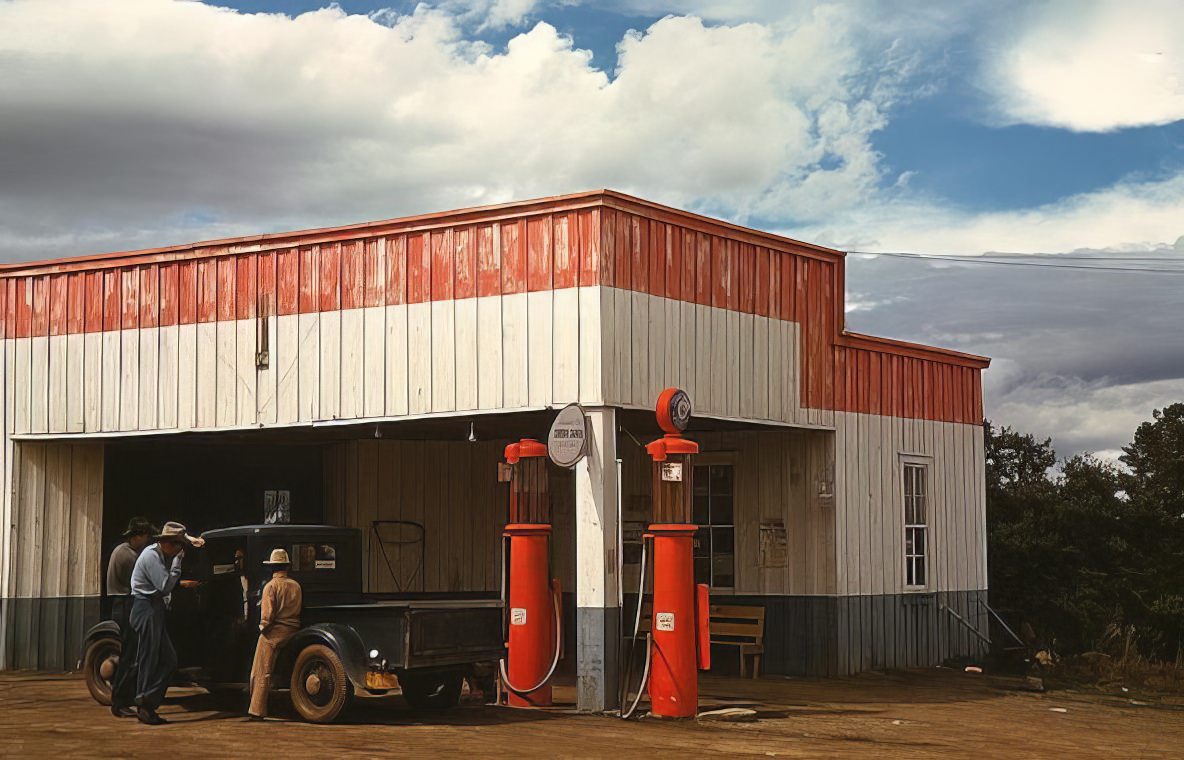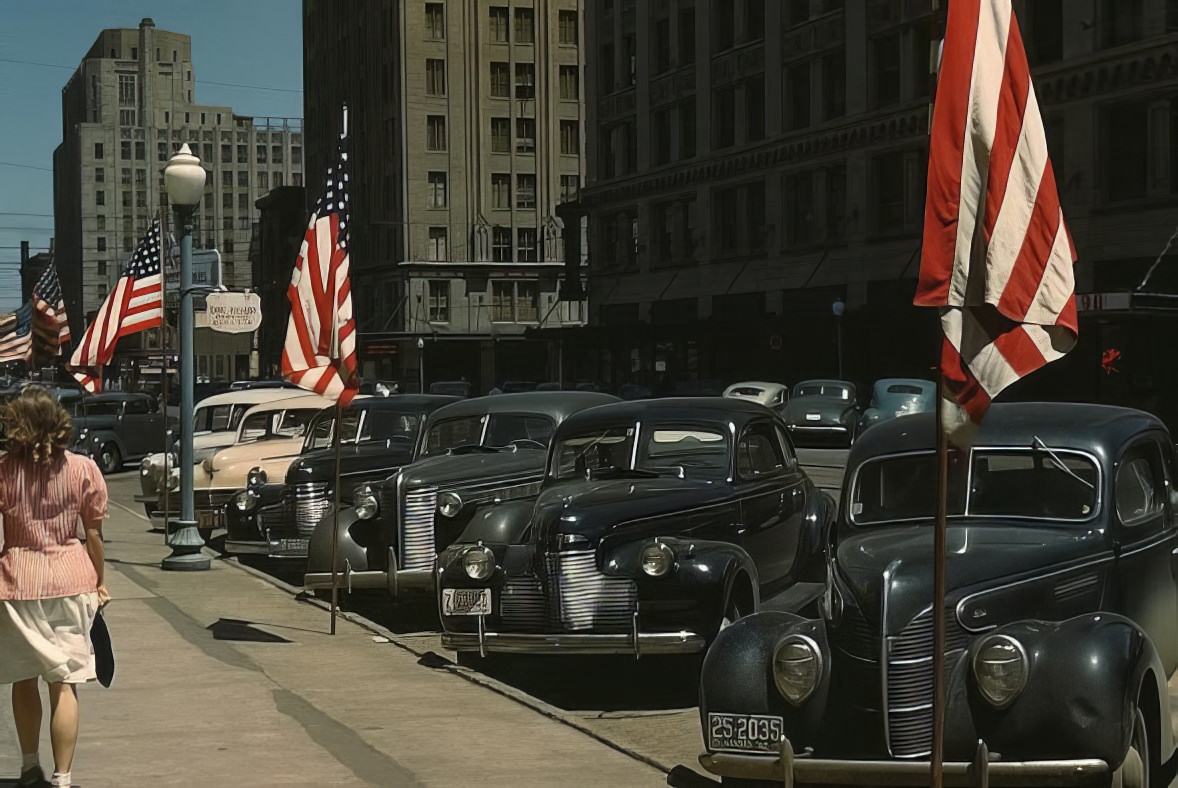Let’s step back in time to the 1940s. The world is gripped by war, but on a typical American Main Street, life carries on. People bustle along sidewalks, their arms laden with groceries. Children chase each other, their laughter mixing with the clatter of a streetcar. A brightly painted newsstand displays headlines about the latest battles. Above it all, a colorful array of signs beckons from shop windows, each one promising something special.
Neon signs flickered with colorful light, drawing customers inside. Imagine the warm glow of a diner sign advertising “Blue Plate Specials,” or the bright letters of a movie theater marquee announcing the latest Hollywood hit.
Many store designs followed the Art Deco style, popular since the 1920s. These buildings featured sleek lines, geometric shapes, and chrome accents. Think of a soda fountain with a curved counter and shiny stools, or a department store with a grand entrance framed by gleaming metal.
Read more
Mom-and-Pop Shops and Community Hubs
Unlike today’s big-box stores, many 1940s shops were small, family-owned businesses. The local butcher knew your name, the pharmacist offered friendly advice, and the baker might even slip you an extra cookie. These shops weren’t just about commerce; they were the heart of the community.
Storefronts often had large windows, allowing passersby to peek inside and see the goods on display. Grocers stacked colorful fruits and vegetables in wooden crates, while clothing stores showcased the latest fashions on mannequins.
Wartime Changes and Resourcefulness
The war brought changes to Main Street. Many young men left to fight, leaving businesses short-staffed. Women stepped up to fill the gap, taking on jobs previously held by men. “Rosie the Riveter” became a symbol of female empowerment during this time.
Rationing also impacted storefronts. Signs advertising “Meatless Tuesdays” and “Wheatless Wednesdays” reminded people to conserve resources for the war effort. Shoppers carried ration books to purchase limited amounts of sugar, meat, and other goods.
Despite the challenges, shopkeepers got creative. They repurposed materials, used substitutes for scarce items, and encouraged customers to “make do and mend.” It was a time of community spirit and resilience.
Window Displays
Window displays were a highlight of 1940s storefronts. Department stores created elaborate scenes featuring the latest fashions and home decor. Toy stores showcased trains chugging around miniature villages, while candy shops tempted passersby with colorful displays of sweets.
They were a source of entertainment and inspiration, offering a glimpse into a world beyond the everyday. For kids, they were a chance to dream of Christmas gifts and birthday surprises.


